It has been three years since the adoption of the Koosen training system in Mongolia which was established in 1961 in Japan. Koosen stands for high level vocational school accepts students of 15 years of age and trains them for five years.
Koosen training played an enourmous role in development of the Japanese infrastructure af the World War II. In 1962 there were 12 Koosen schools opened with state investments and only in three years the number of schools reached 43.
Koosen accepts middle school graduates and trains for the next five years. The first year allows the students to concentrate more on general education and with second year the vocational credits are being added to the curriculum.
During our visit to the Mongol Koosen school established under Institute of Technics and Technology first year students displayed their works made with copper and Dudu cars.
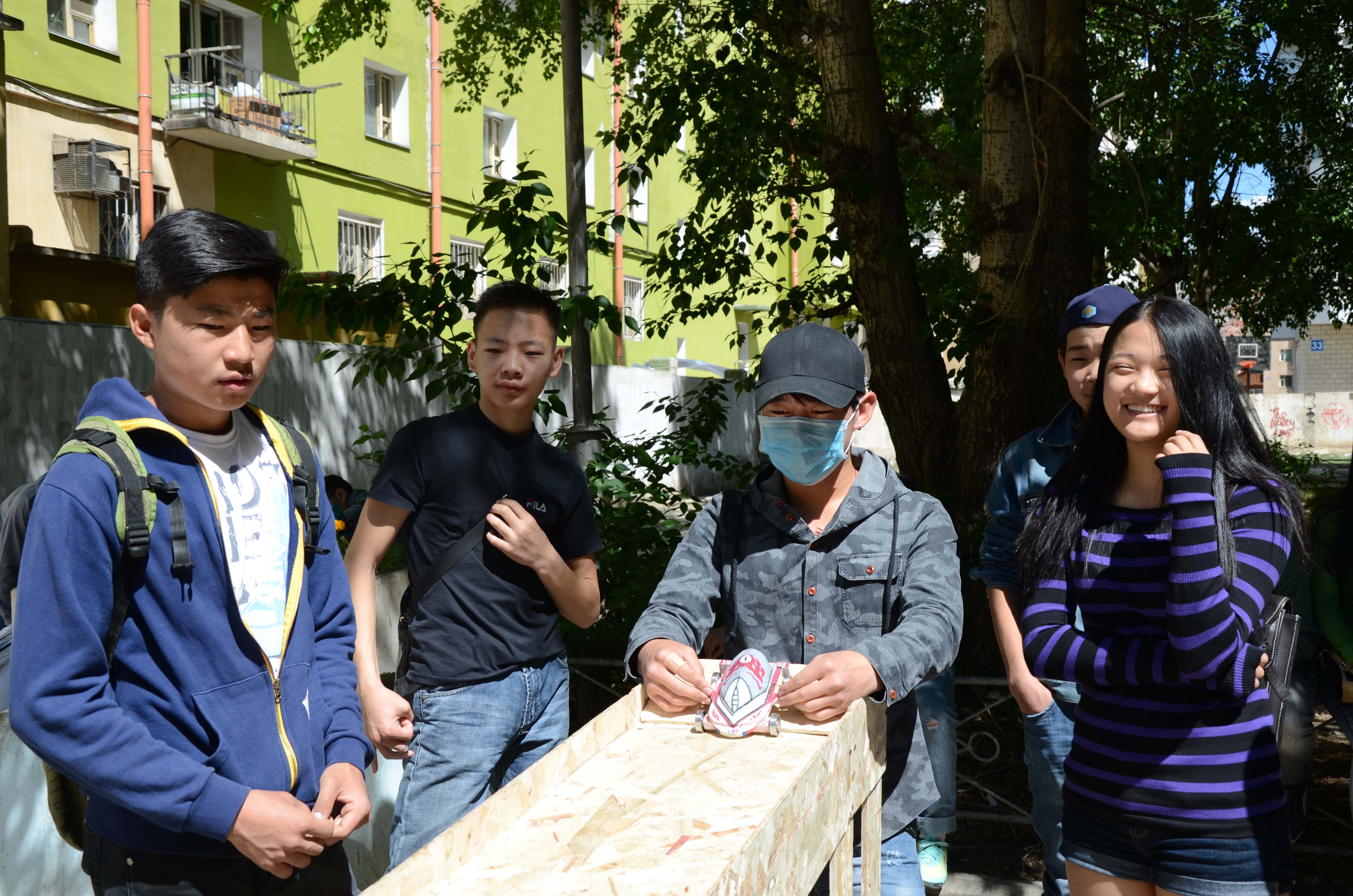
For the creation of those students would come up with model and with the help of the teacher produce the products. Moreover, students would produce equipment to manufacture their own products.
Students are put into competition through the teamwork skills.
Teachers at Koosen believe that in order to prepare skilled engineer students have to start with the simplest things such as hand work with wood and steel. Besides teaching the theoretical side of engineering students at Koosen have the advantage of having hollistic experience of everything they were taught.
In this era of smart devices and advancements in technology sector one might be thinking why there is need to study simplest models. Good basis and wide understanding of the item will benefit in further development of the advanced devices and leverage its development.
In Koosen school students are not rushed to choose their majors and in their first year students are given more general knowledge on electric engineering, bio engineering, mechanical engineering, construction engineering.
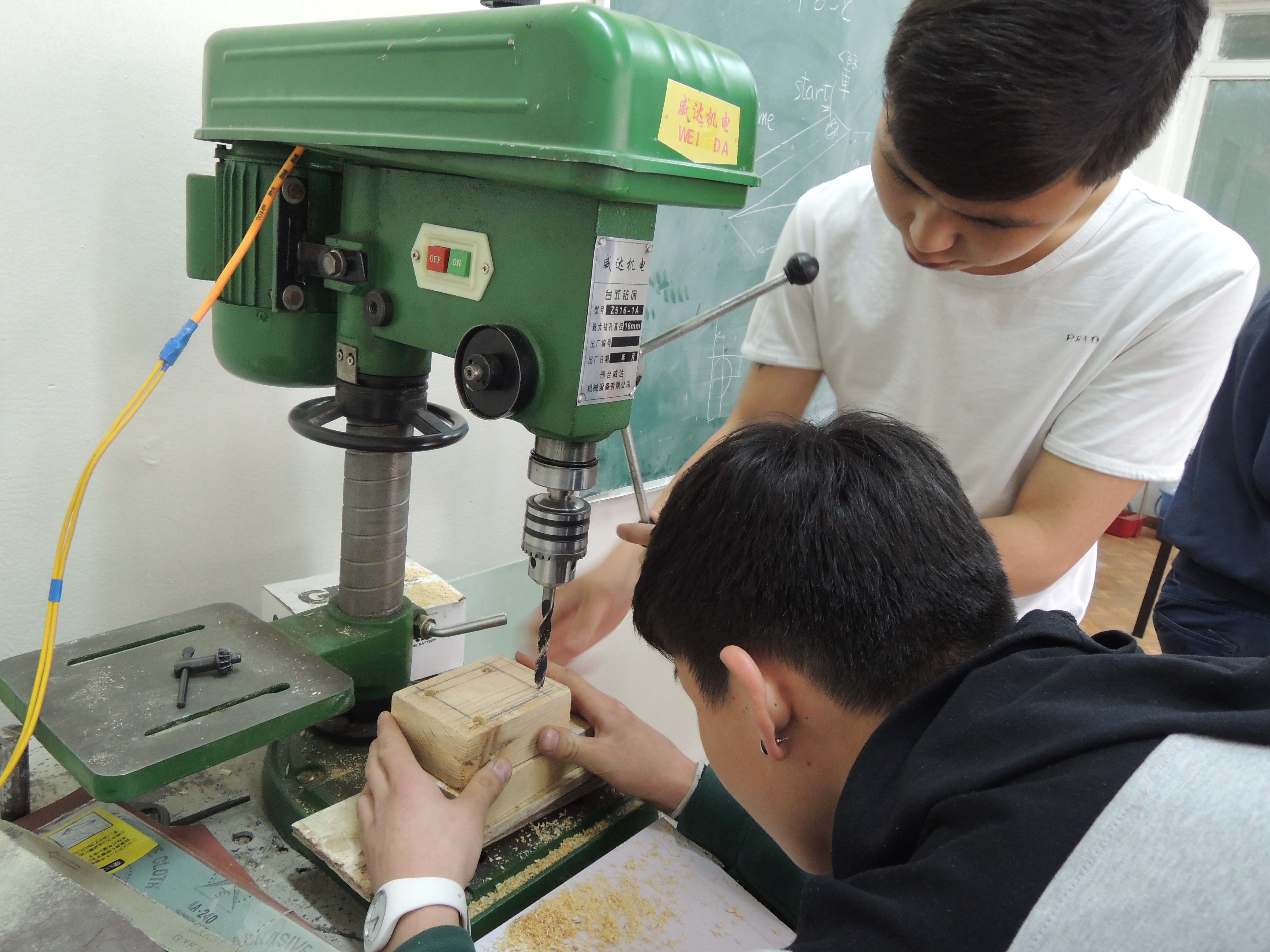
Therefore, after receiving different courses students are more inclined to do better choices towards with skills they are more interested in and are able to major starting their second year at school.
Another upside of the Koosen training is the focus given on improving teamwork skills among its students. If at the welding class first students do their tasks by themselves, next task focuses on a team work.
Students are put into competition through the teamwork skills.
KOOSEN IN MONGOLIA
First initiatives to establish Koosen School in Mongolia was in 2008 and the first students were received in 2013. Koosen school brings many advantages into Mongolian society and economy through the penetration of "Creative" mind development.
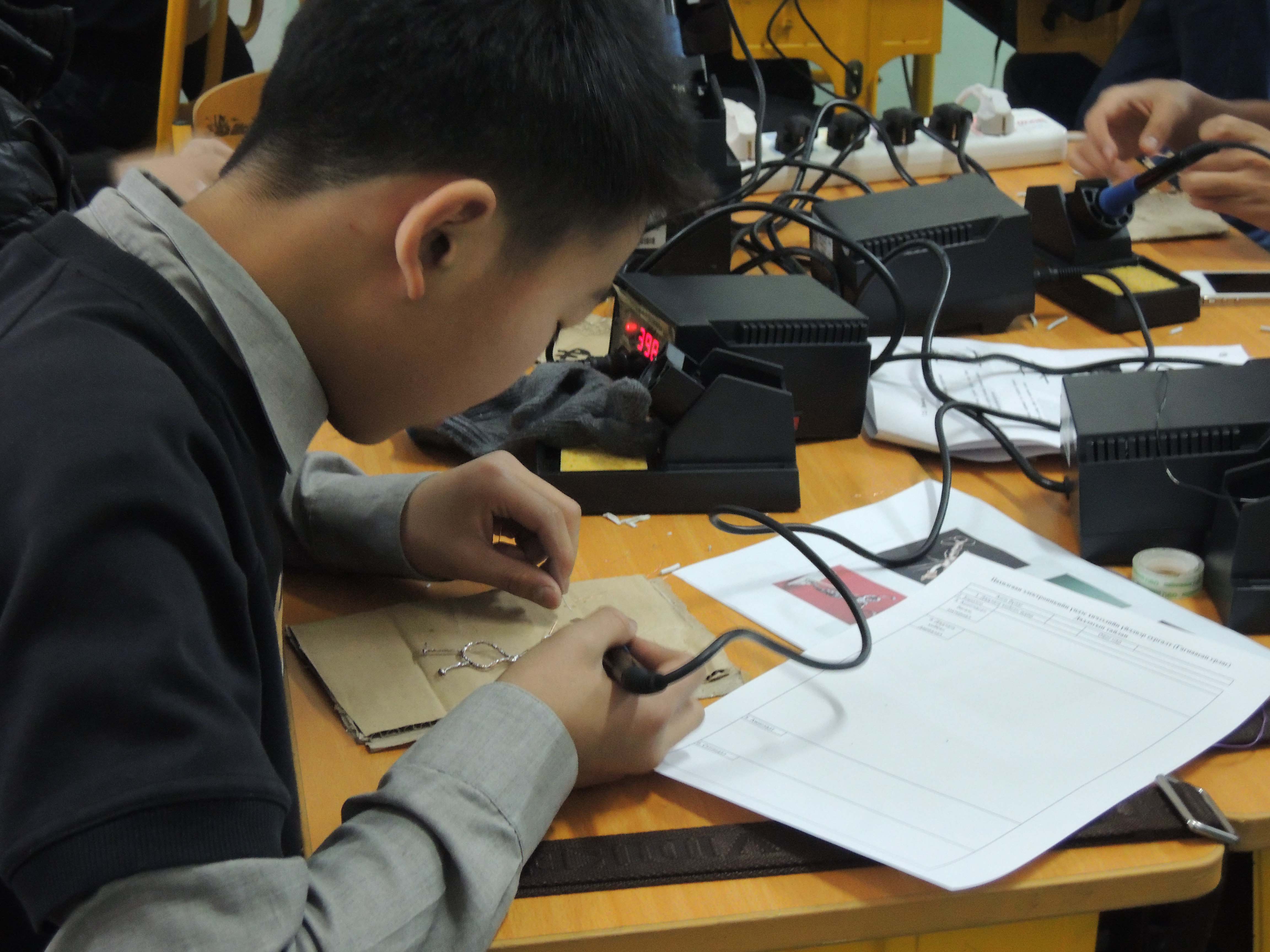
To name few interesting facts related with Koosen training, in Japan a Koosen graduate receives up to 30-40 job offers from giants such as Sony, Panasonic, Toyota and the list extends far. Japanese companies have high interest in hiring Koosen graduates.
20 year old engineers graduating after five years are ready for job market.
Famous Koosen graduates are Matsushita Konosuke, Founder of Panasonic and Honda Sooichiro, Founder of Honda. Mongolia started sending its youth to Japan for Koosen training since 1990 and there are now over 200 skilled engineers.
If one is interested in studying at Koosen one should apply after graduating 9th grade and the graduates who are usually 20 years old have complete engineering skills and are ready for the job market, or one could choose to study for two more years and earn Bachelor Degree.
INTERESTING EQUIPMENT USED IN KOOSEN TRAINING
There are two intersting equipment that have to emphasize here which are used in Mongolian Koosen training.
Ichigo Jam
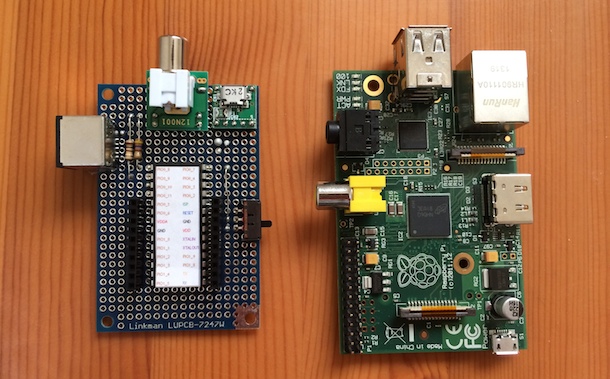
Suppose everyone knows of Raspberry Pie. Then there is Ichigo Jam developed by Japanese. This one is used by Japanese in their training as it has many advantages.
It is very affordable /USD 8/ and let's students understand programming in a very simple way, that it can even be operated by a 8 year old. With being affordable students are not affraid to ruin the materials and are more creative in their modellings and therefore are more inclined to do more and gain more experience.
Sanwa analog tester
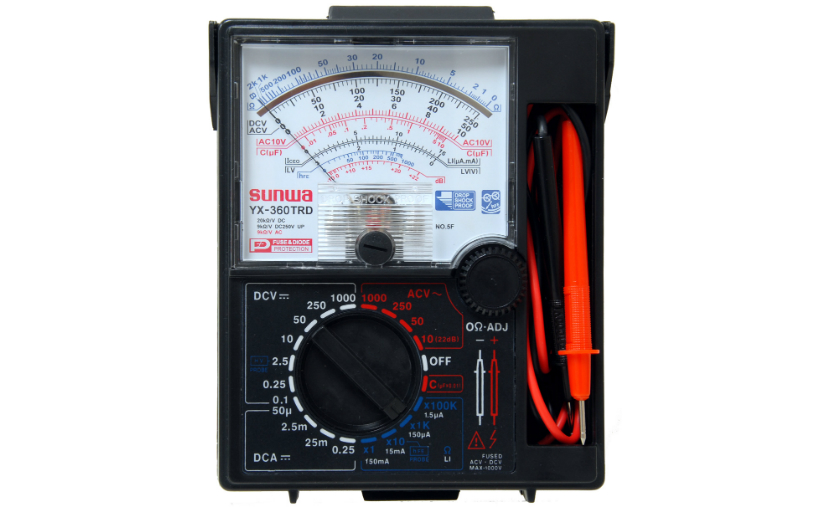
Sanwa analog tester is used in classes as being simple and very low level tester.
Same as Ichigo Jam this tester comes unassembled and students learn to assemble them and use for their work.
Mongolian Koosen is definitely gives the feeling that skilled engineers are being prepared who will lead the future technological advancement in Mongolia. Moreover, the school is planning to launch courses on bio engineering as well.
It has been three years since the adoption of the Koosen training system in Mongolia which was established in 1961 in Japan. Koosen stands for high level vocational school accepts students of 15 years of age and trains them for five years.
Koosen training played an enourmous role in development of the Japanese infrastructure af the World War II. In 1962 there were 12 Koosen schools opened with state investments and only in three years the number of schools reached 43.
Koosen accepts middle school graduates and trains for the next five years. The first year allows the students to concentrate more on general education and with second year the vocational credits are being added to the curriculum.
During our visit to the Mongol Koosen school established under Institute of Technics and Technology first year students displayed their works made with copper and Dudu cars.

For the creation of those students would come up with model and with the help of the teacher produce the products. Moreover, students would produce equipment to manufacture their own products.
Students are put into competition through the teamwork skills.
Teachers at Koosen believe that in order to prepare skilled engineer students have to start with the simplest things such as hand work with wood and steel. Besides teaching the theoretical side of engineering students at Koosen have the advantage of having hollistic experience of everything they were taught.
In this era of smart devices and advancements in technology sector one might be thinking why there is need to study simplest models. Good basis and wide understanding of the item will benefit in further development of the advanced devices and leverage its development.
In Koosen school students are not rushed to choose their majors and in their first year students are given more general knowledge on electric engineering, bio engineering, mechanical engineering, construction engineering.

Therefore, after receiving different courses students are more inclined to do better choices towards with skills they are more interested in and are able to major starting their second year at school.
Another upside of the Koosen training is the focus given on improving teamwork skills among its students. If at the welding class first students do their tasks by themselves, next task focuses on a team work.
Students are put into competition through the teamwork skills.
KOOSEN IN MONGOLIA
First initiatives to establish Koosen School in Mongolia was in 2008 and the first students were received in 2013. Koosen school brings many advantages into Mongolian society and economy through the penetration of "Creative" mind development.

To name few interesting facts related with Koosen training, in Japan a Koosen graduate receives up to 30-40 job offers from giants such as Sony, Panasonic, Toyota and the list extends far. Japanese companies have high interest in hiring Koosen graduates.
20 year old engineers graduating after five years are ready for job market.
Famous Koosen graduates are Matsushita Konosuke, Founder of Panasonic and Honda Sooichiro, Founder of Honda. Mongolia started sending its youth to Japan for Koosen training since 1990 and there are now over 200 skilled engineers.
If one is interested in studying at Koosen one should apply after graduating 9th grade and the graduates who are usually 20 years old have complete engineering skills and are ready for the job market, or one could choose to study for two more years and earn Bachelor Degree.
INTERESTING EQUIPMENT USED IN KOOSEN TRAINING
There are two intersting equipment that have to emphasize here which are used in Mongolian Koosen training.
Ichigo Jam

Suppose everyone knows of Raspberry Pie. Then there is Ichigo Jam developed by Japanese. This one is used by Japanese in their training as it has many advantages.
It is very affordable /USD 8/ and let's students understand programming in a very simple way, that it can even be operated by a 8 year old. With being affordable students are not affraid to ruin the materials and are more creative in their modellings and therefore are more inclined to do more and gain more experience.
Sanwa analog tester

Sanwa analog tester is used in classes as being simple and very low level tester.
Same as Ichigo Jam this tester comes unassembled and students learn to assemble them and use for their work.
Mongolian Koosen is definitely gives the feeling that skilled engineers are being prepared who will lead the future technological advancement in Mongolia. Moreover, the school is planning to launch courses on bio engineering as well.


